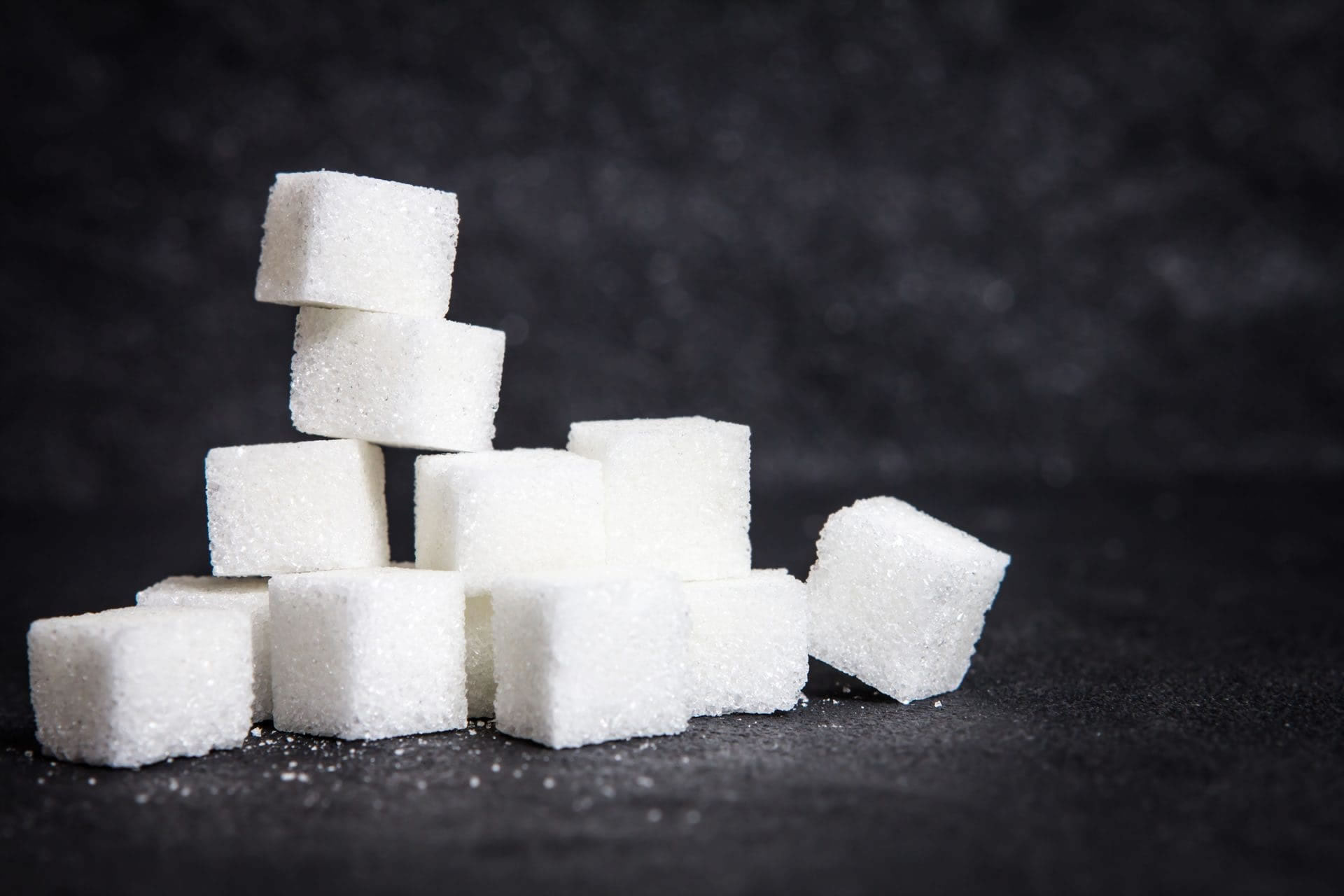Get your sugar fix
What do you eat or drink that you know is bad for you? If the answer is sugar then read on..
Dopamine is a neurotransmitter that is triggered when you experience pleasure, sugar is often associated with pleasure, and satisfaction. A tasty cream bun, a sugar filled iced coffee or that energy drink that helps me, I mean you get through the day are sure to set off a dopamine high.
When we have a surge of dopamine we might feel motivated to get stuff done which is great for a Neurodiverse person that may also experience overwhelm and sensory overload causing them to struggle with task initiation. So we eat or drink the sugar then we do the things that needed to be done and we feel the satisfaction of task completion so next time we struggle to get started we reach for the sugary soft drink.
The problem is that we are consuming high level of sugar a 375ml can of coke for example has 10 teaspoons of sugar and the healthy eating guidelines recommend that we have half that per day. The research shows that sugar consumption is detrimental to our health long term so how do we reduce our sugar intake?
The good news is that dopamine can be triggered in healthy ways too. Exercise, movement meditation, sex, a protein rich meal and cold showers will all help to get the dopamine flowing.
Another point to consider for Neurodiverse people is that we tend to go all or nothing, I have clients that will say “I’ll just stop consuming sugar”, which I don’t recommend in this instance. The all or nothing approach is often short lived when withdrawal symptoms occur, or dessert menu is passed over the table.
The first thing I would recommend is to record how much sugar you are consuming there are apps like My Fitness Pal that will help you to record intake or you can use nutrition panels to calculate your intake, 1 teaspoon of sugar is equal to 4g of sugar and all nutrition labels have to list the sugar per 100g then all you need to do is workout how much you consumed. For example Diary milk chocolate is 56g of sugar per 100g which is a total of 14 teaspoons per 100g serve. This will help you to better understand your sugar consumption.
Then I would recommend reducing your intake by 50%. Withdrawal symptoms associated with sugar withdrawal include headaches, fatigue, anxiety and more so if you go cold turkey it might be hard.
Once you have reduced your sugar intake work in increasing your dopamine especially at times when you would normally consume sugar. A quick yoga session, a protein shake or a quicky with your partner might help reduce the sugar cravings and take your mind off it.
Back to Balance Work Book
Download now for recipes and tips.

